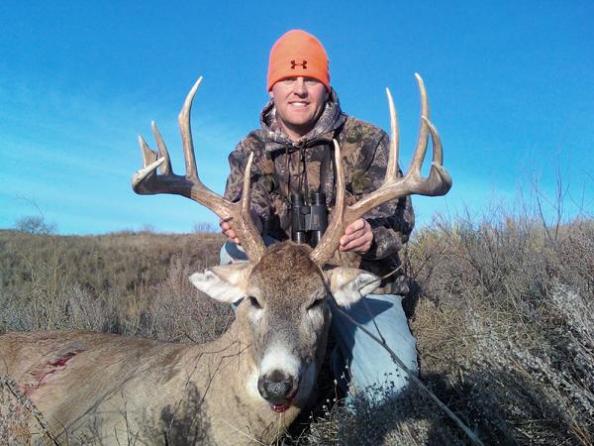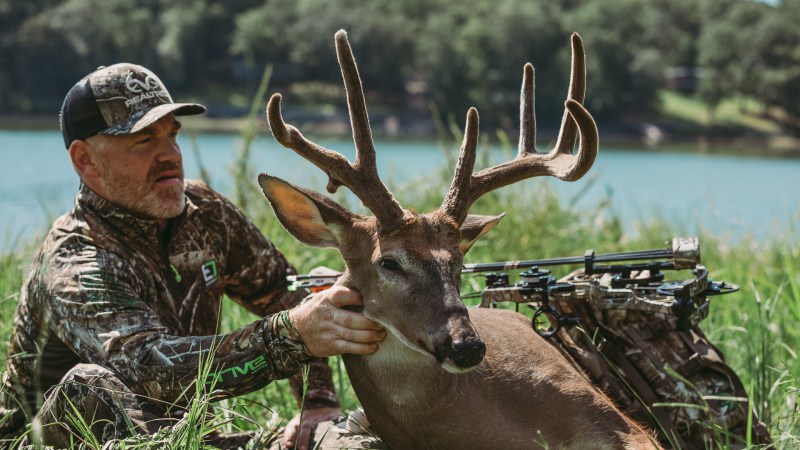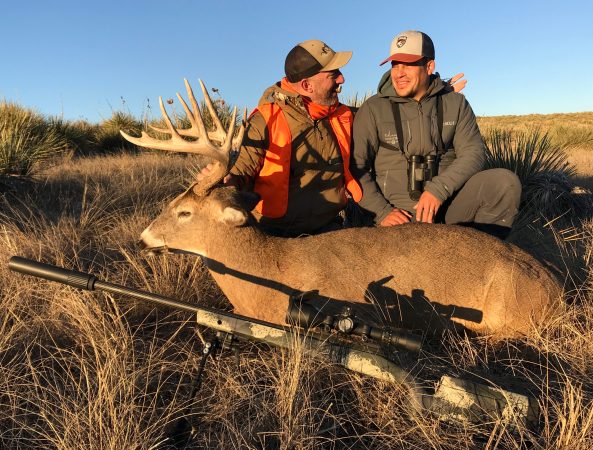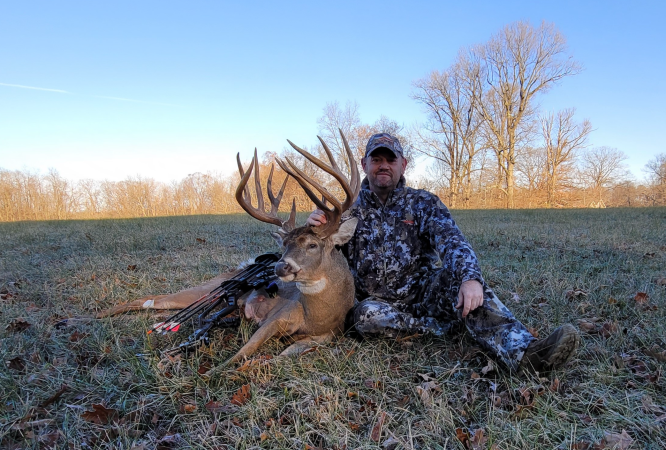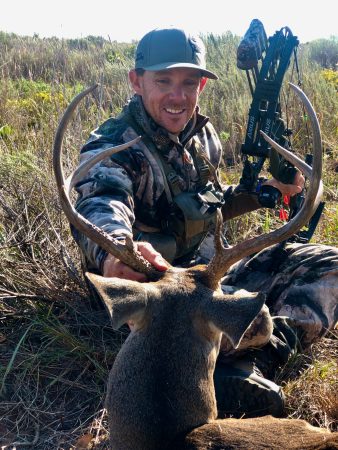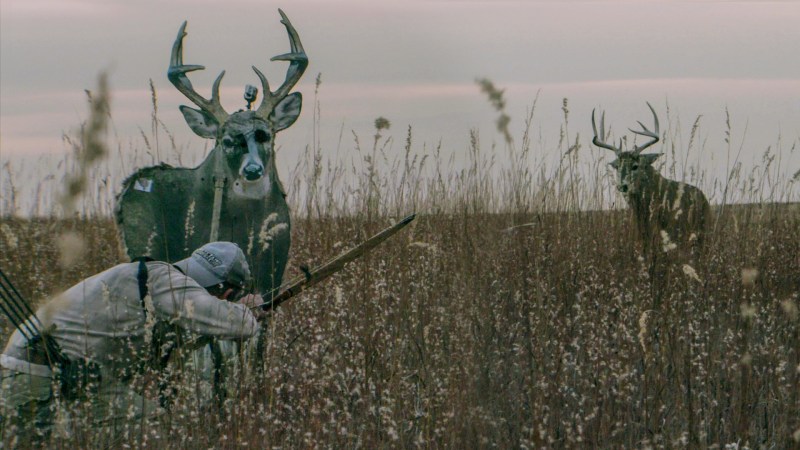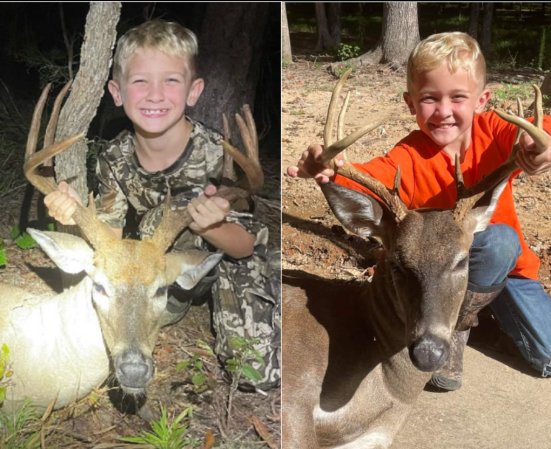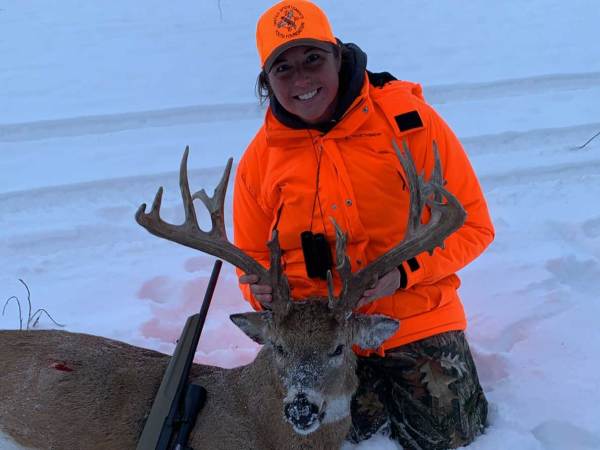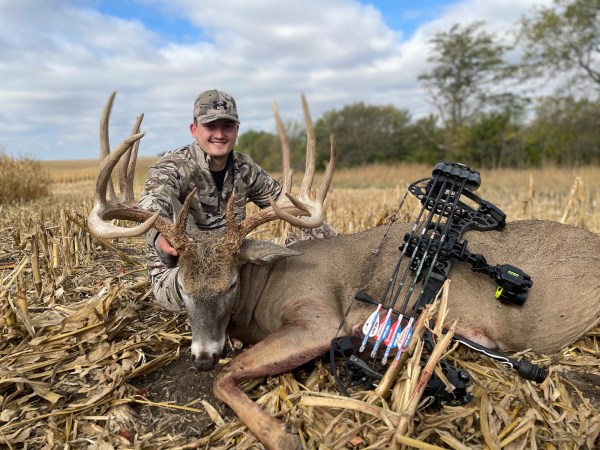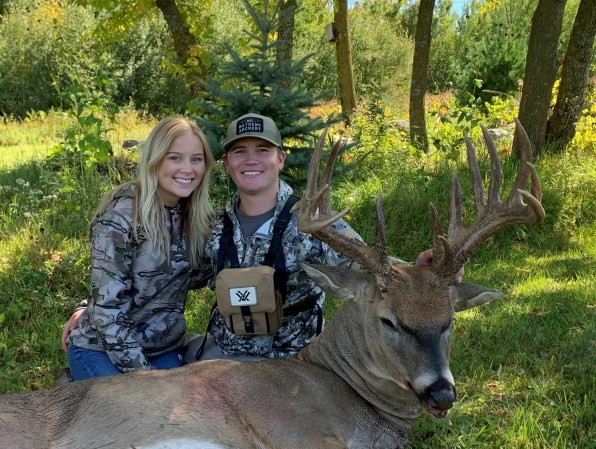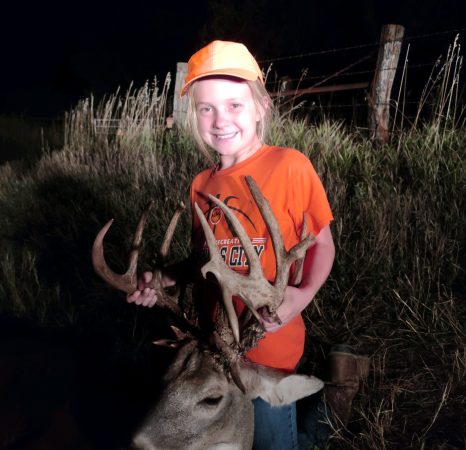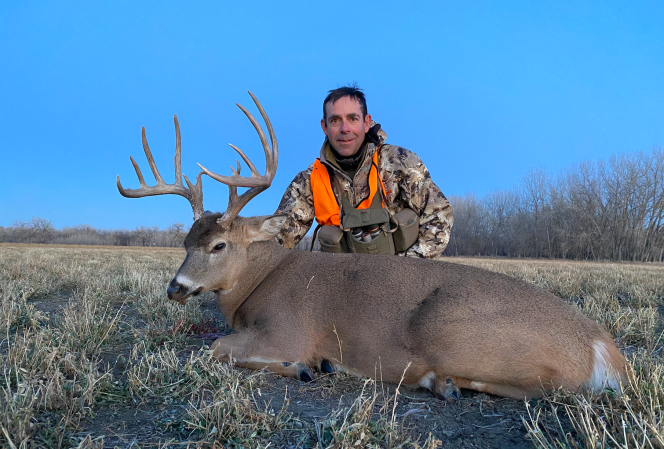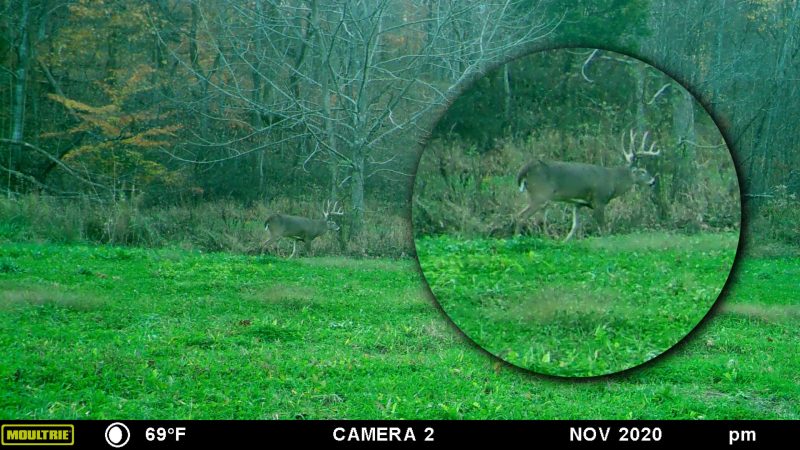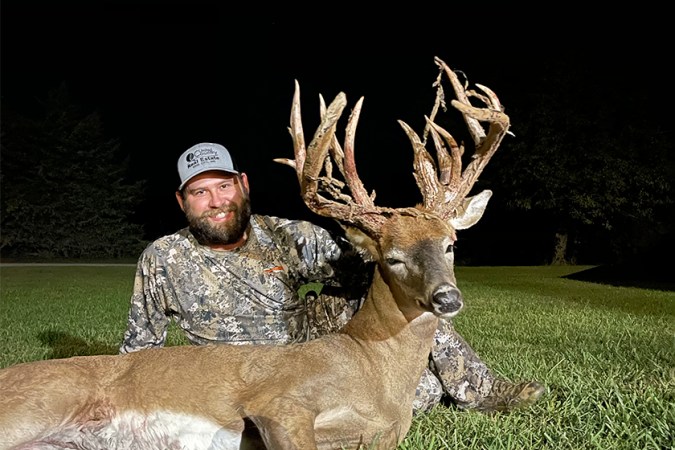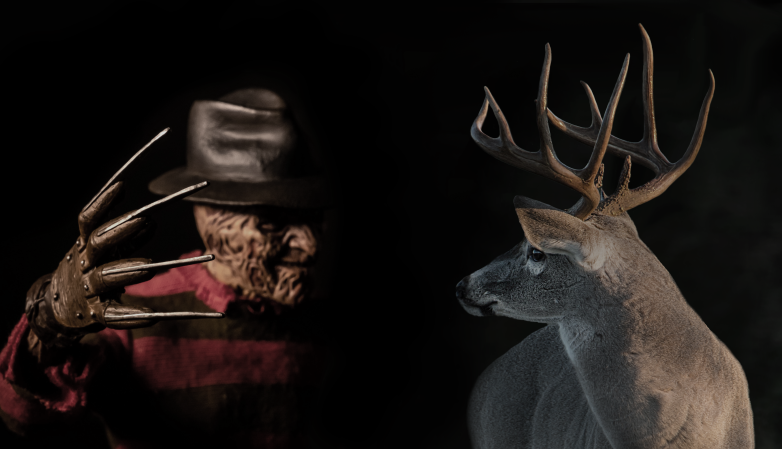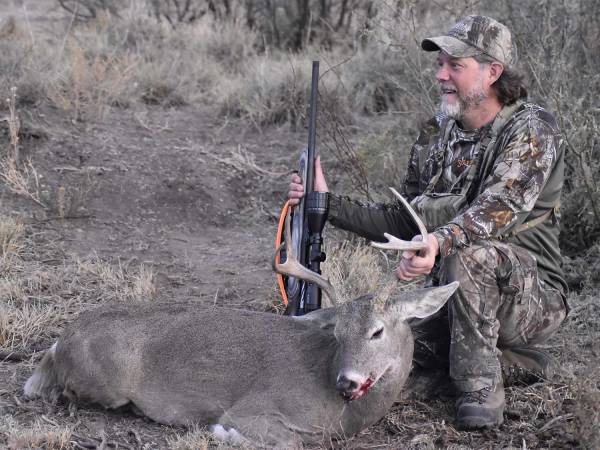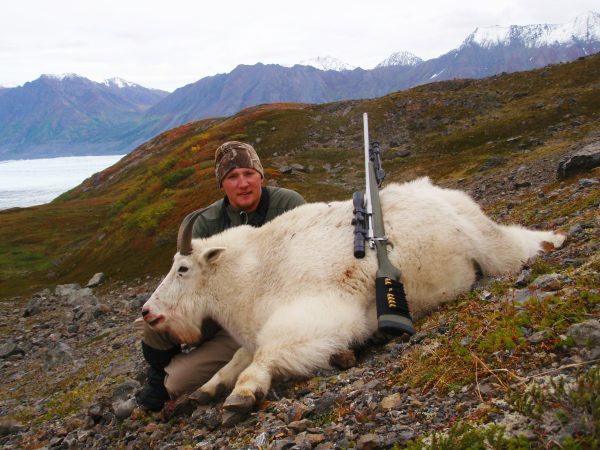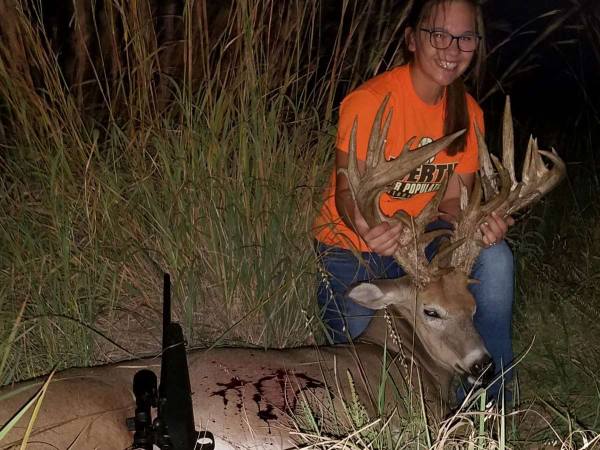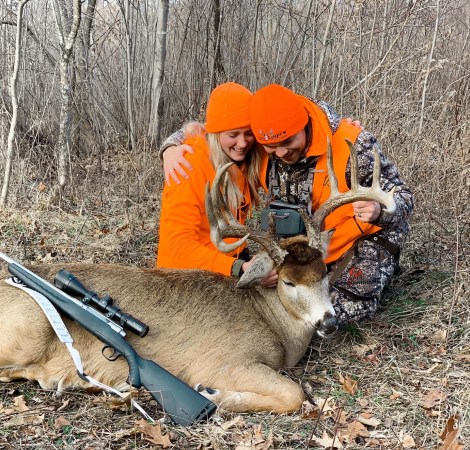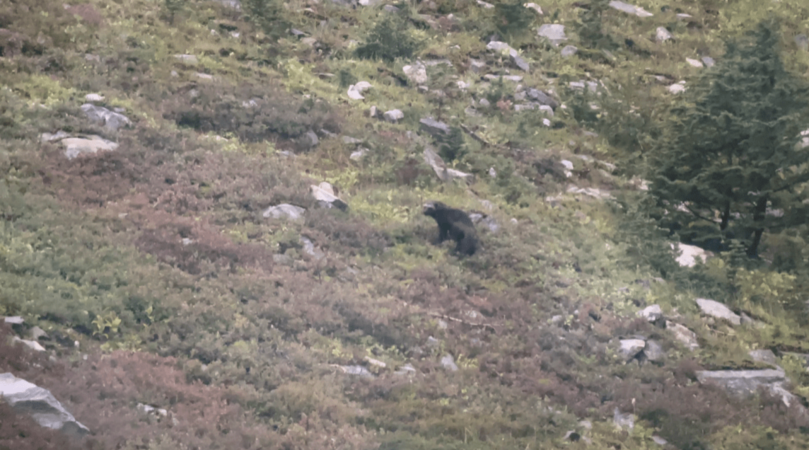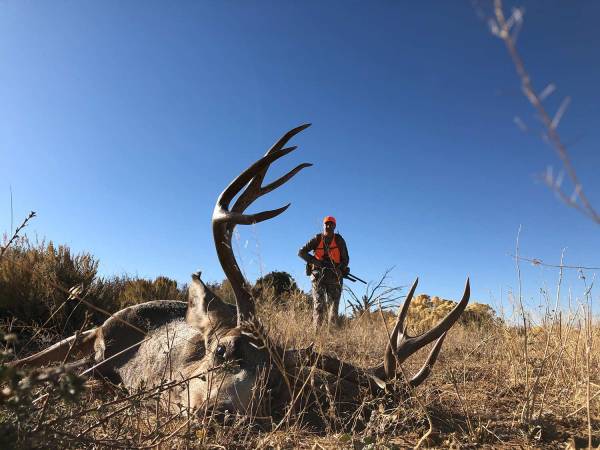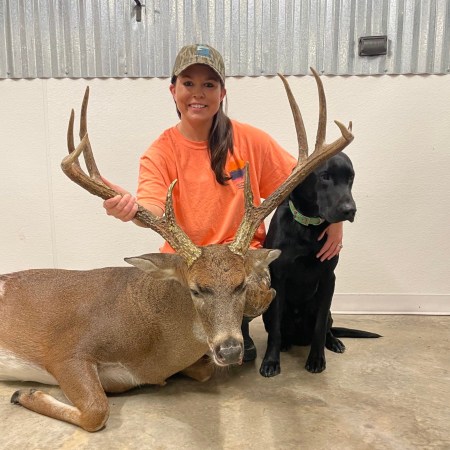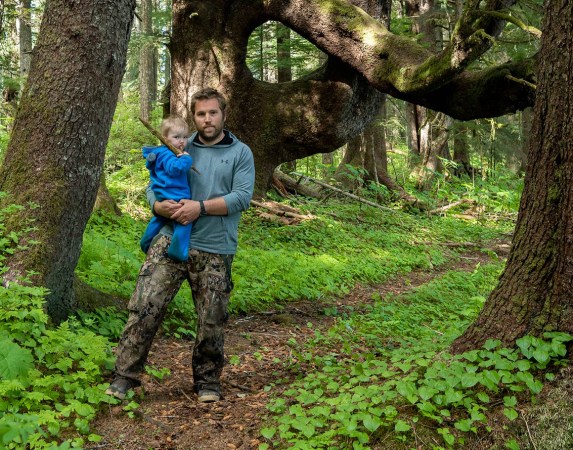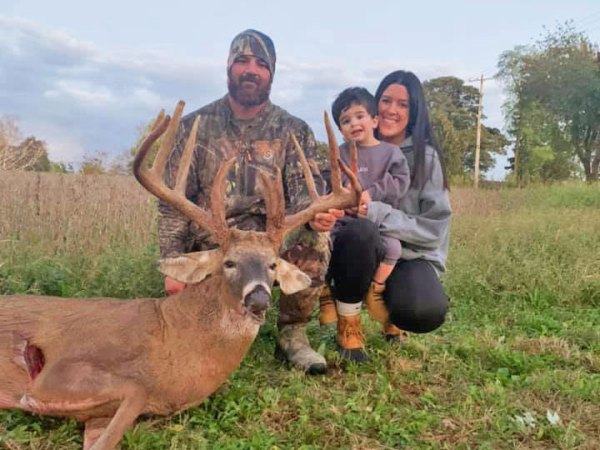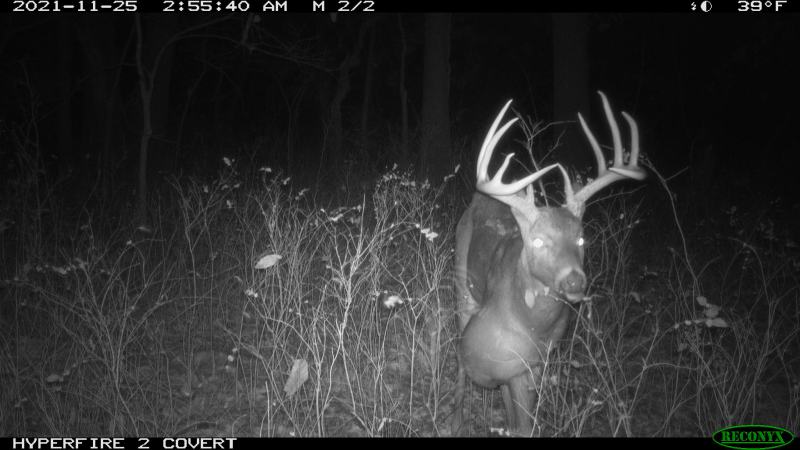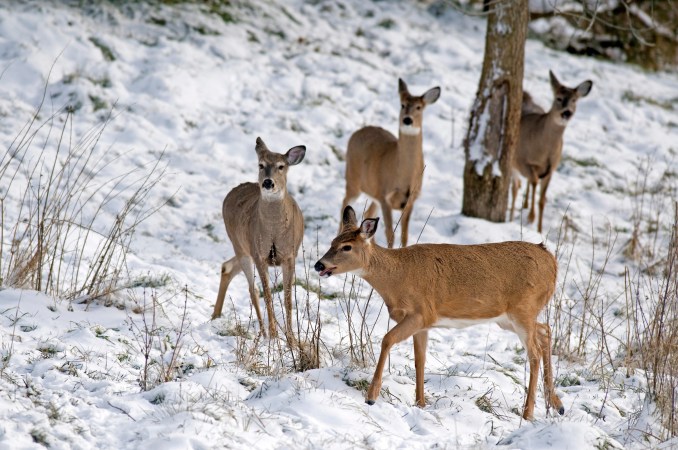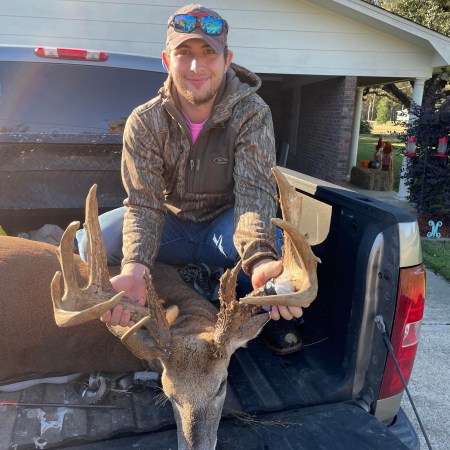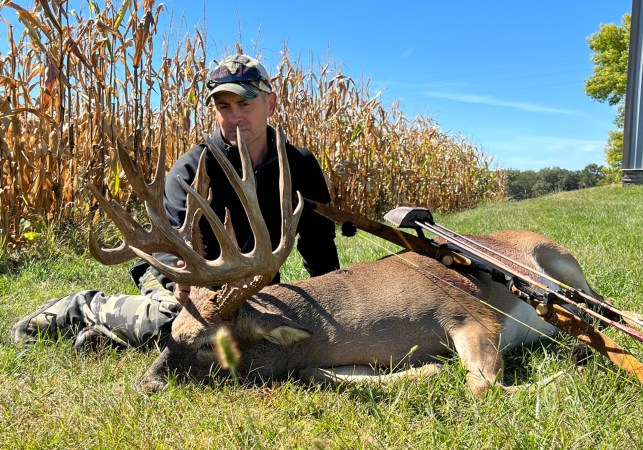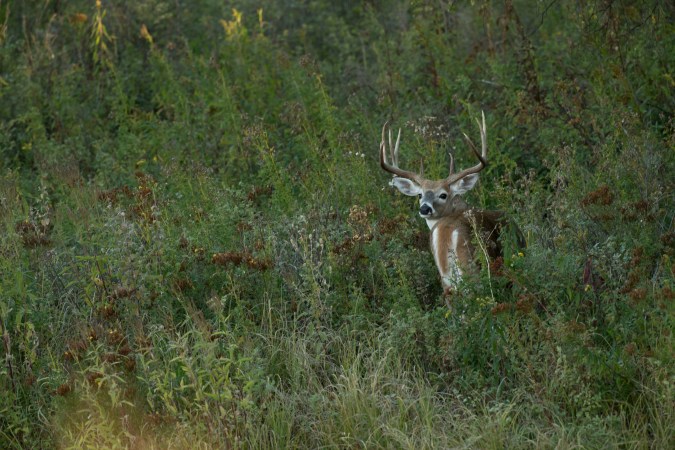We’ve all been there before: a buck steps out into a shooting lane at the last few minutes of legal shooting light. You take the shot, it looks good and the buck bounds off. Then an uneasiness starts to settle in when you can’t find the buck or ample blood.
South Dakotan Levi Duncan recently told me a story about that exact scenario. Duncan took a shot at a great buck right before dark. Although he couldn’t be sure, he thought the shot looked good. But he started to second guess himself when the buck escaped into a deep draw. With darkness closing fast, he decided to forgo a recovery attempt that night and to leave the deer until sunrise.
A flurry of questions and doubts might run through your mind on a night like this. Did I flub the shot? Is the buck wounded and limping into an unrecoverable location? Will coyotes get to him before I do?
Duncan hit the trail early the next morning and was immediately depressed. The buck wasn’t in the draw. He searched wider and wider until he finally found him. Amazingly, it was nearly three miles from the shot location and wasn’t dead or even limping. The buck was still in hot pursuit of a group of does and hoping to find a date.
Taking his time, Duncan slipped up on the group and took aim. He dropped the buck this time, avoiding another potential sleepless night. Duncan discovered, to his surprise, his first shot was indeed good, right behind the shoulder. Why a bullet from the .300 Winchester Short Mag. didn’t perform as advertised still remains a mystery.
If you find yourself in this predicament follow these quick, easy steps:
1 – If you question the shot and can’t find blood, don’t push the buck. Back off and leave it for up to seven hours to allow it to die.
2 – Go and get a friend. A fresh perspective and fresh eyes can often find clues you may have missed in the excitement.
3 – Go slow and mark all sign with photodegradable trail marking tape. Be ready for a follow-up shot.
4 – Use a grid or pattern to cover every inch of your hunting area.
5 – If at first you don’t succeed, come back the next day and look for scavenging birds circling in the area.
Good luck and let’s hope none of us have any sleepless nights this fall.
